China’s April PMIs came in all weaker than expected. The results raised much doubt on the case of recovery in the economy. And, they suggested that even the post lunar new year seasonal rebound in Mach couldn’t sustain. Hong Kong stocks trade lower after the release but China Shanghai SSE is steady so far. In the currency markets, Australian Dollar is clearly knocked down by the releases.
The official PMI manufacturing dropped to 50.1, down from 50.5 and missed expectation of 50.6. Official PMI non-manufacturing dropped to 54.3, down from 54.8 and missed expectation of 55.0.
Caixin PMI manufacturing dropped to 50.2 in April, down from 50.8 and missed expectation of 50.2. Looking at the details, output and total new work both rose slightly, but with margin fall in overseas new work. Relatively subdued demand conditions led firms to remain reluctant to expand their inventories. Overall inflationary pressures softened. On the positive side, one-year outlook for production improved to an 11-month high.
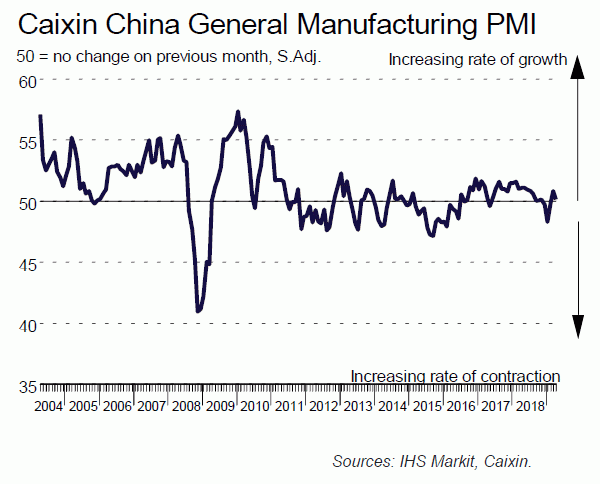
Commenting on the China General Manufacturing PMI™ data, Dr. Zhengsheng Zhong, Director of Macroeconomic Analysis at CEBM Group said:
“The Caixin China General Manufacturing Purchasing Managers’ Index eased to 50.2 in April, down from a recent high of 50.8 in the previous month, indicating a slowing expansion in the manufacturing sector.
1) The subindex for new orders fell slightly despite remaining in expansionary territory. The gauge for new export orders returned to contractionary territory, suggesting cooling overseas demand.
2) The output subindex dropped. The employment subindex returned to negative territory after hitting a 74-month high in March. According to data from the National Bureau of Statistics, the surveyed urban unemployment rate remained at a relatively high level despite edging down in March, suggesting that pressure on the job market remained.
3) While the subindex for stocks of purchased items returned to contractionary territory, the measure for stocks of finished goods fell more markedly. The gauge for future output edged up, pointing to manufacturers’ desire to produce and stable product demand. The subindex for suppliers’ delivery times rose further despite staying in negative territory, implying improvement in manufacturers’ capital turnover.
4) Both gauges for output charges and input costs edged down. There were only small changes in upward pressure on industrial product prices. We predict that April’s producer price index is likely to remain basically unchanged from the previous month.
“In general, China’s economy showed good resilience in April, yet it stabilized on a weak foundation and is not coming to an upward turning point. The Politburo meeting signalled that in the first quarter of this year China had adjusted its countercyclical policy marginally. As pressure on the economy remains in the second quarter, we expect that there will be minor adjustments to the policy but not a turnaround.”




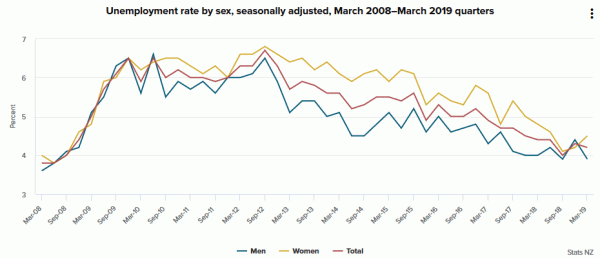
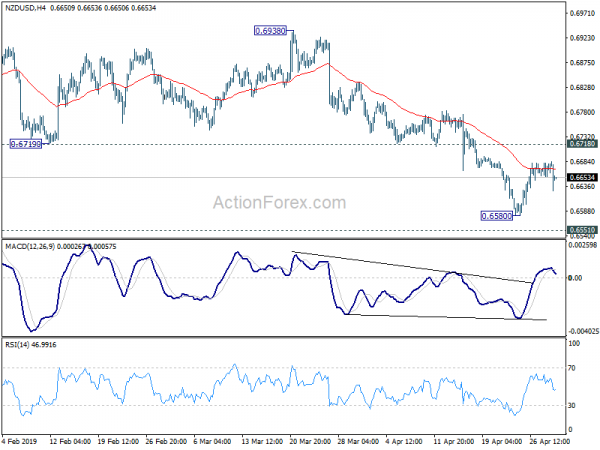
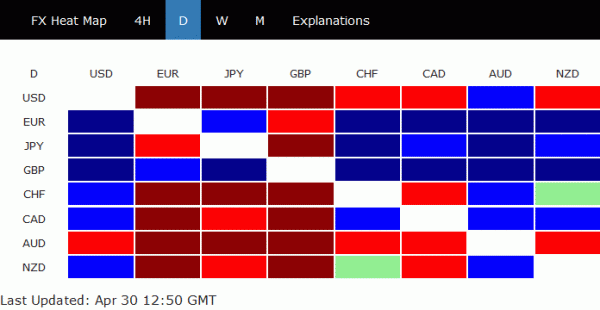
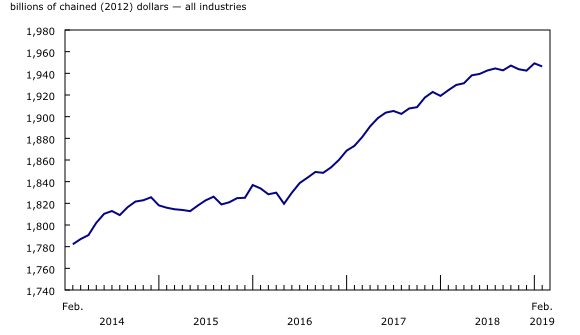
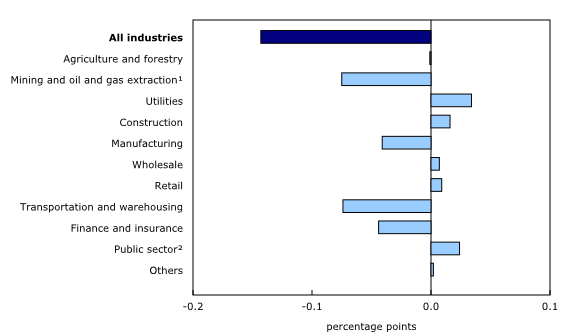
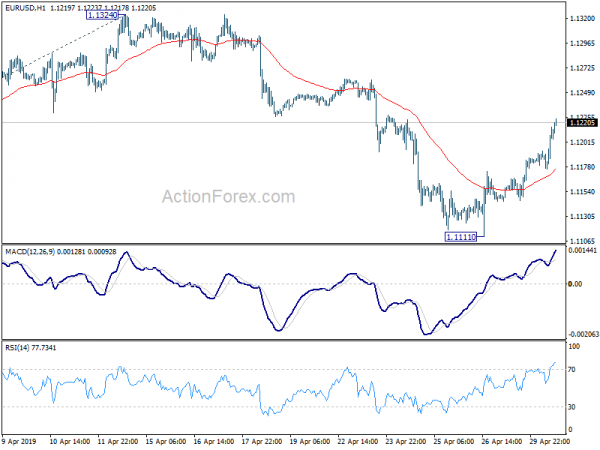
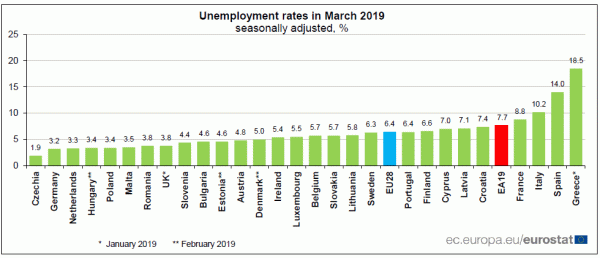
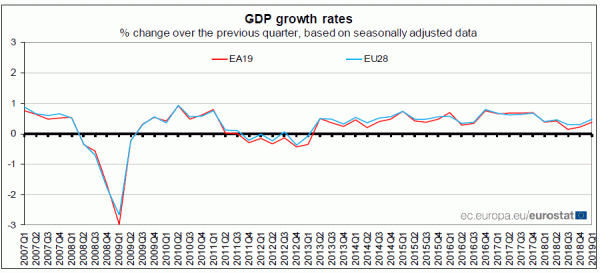
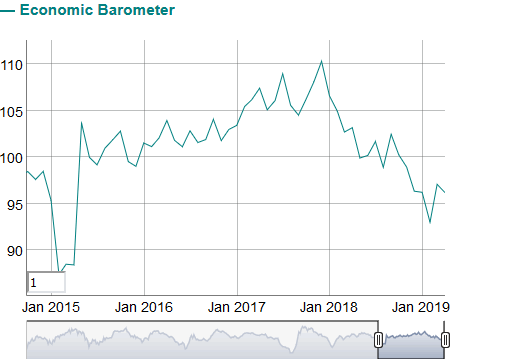
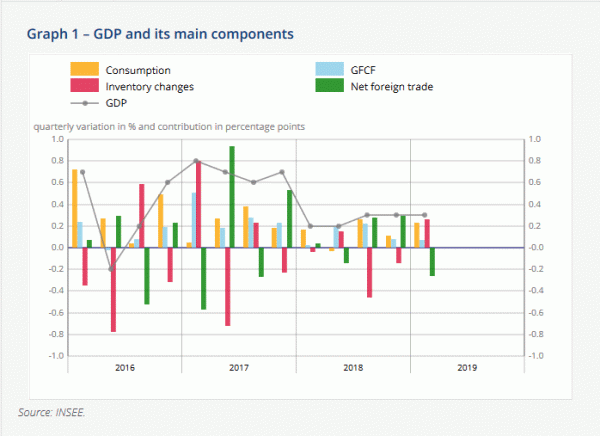
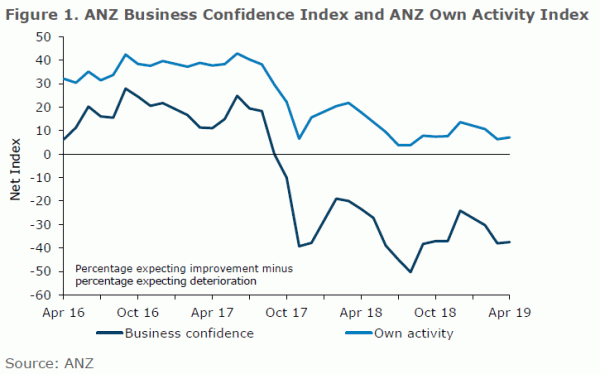
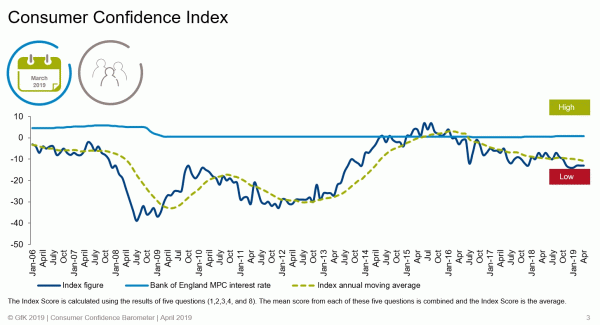

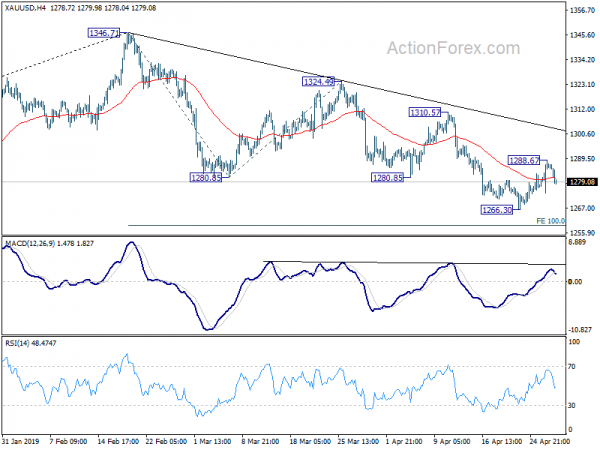
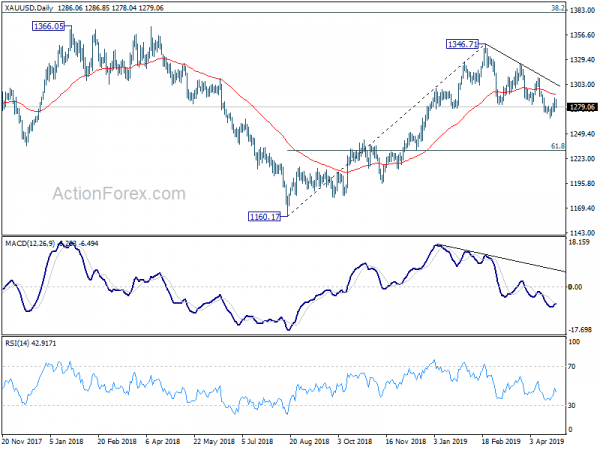
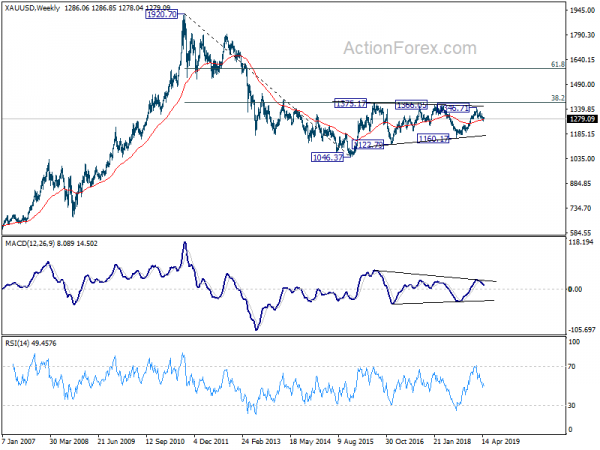
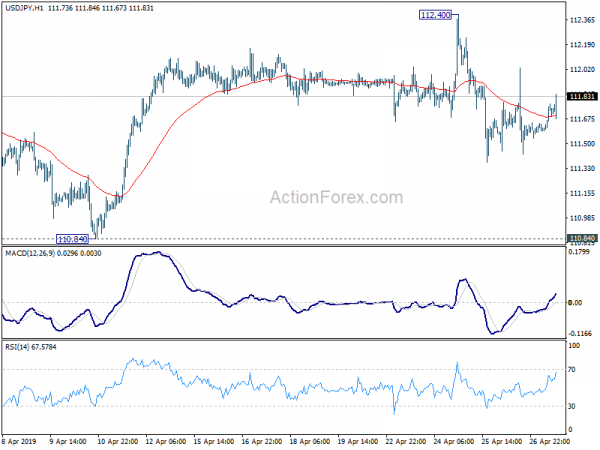

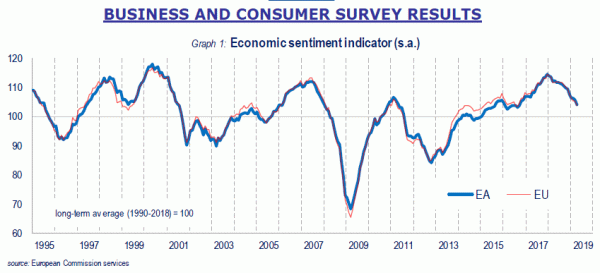
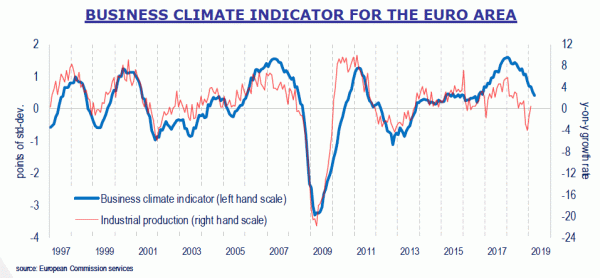

Australia AiG PMI improved to 54.8, but employment and wage indices dropped
Australia AiG Performance of Manufacturing Index rose 3.8 pts to 54.8 in April, indicating faster growth. All subsectors except machinery & equipment, and metal products improved. Top concerns for manufacturers in April included the upcoming Federal election, high energy prices, high input costs (due to drought, a low dollar and high commodity prices) and tighter credit conditions.
Employment index dropped sharply by -5.1 pts to 51.5. The release also noted ABS data indicated that total manufacturing employment fell dramatically over summer, with a reduction in employment of 41,600 over the three months to February 2019 (-6.3% q/q, trend). Average wage index dropped -3.5 to 57.7, indicating lower wage pressures across the manufacturing sector. Also, this wage index has been trending down since peaking at September 2018.
Full release here.